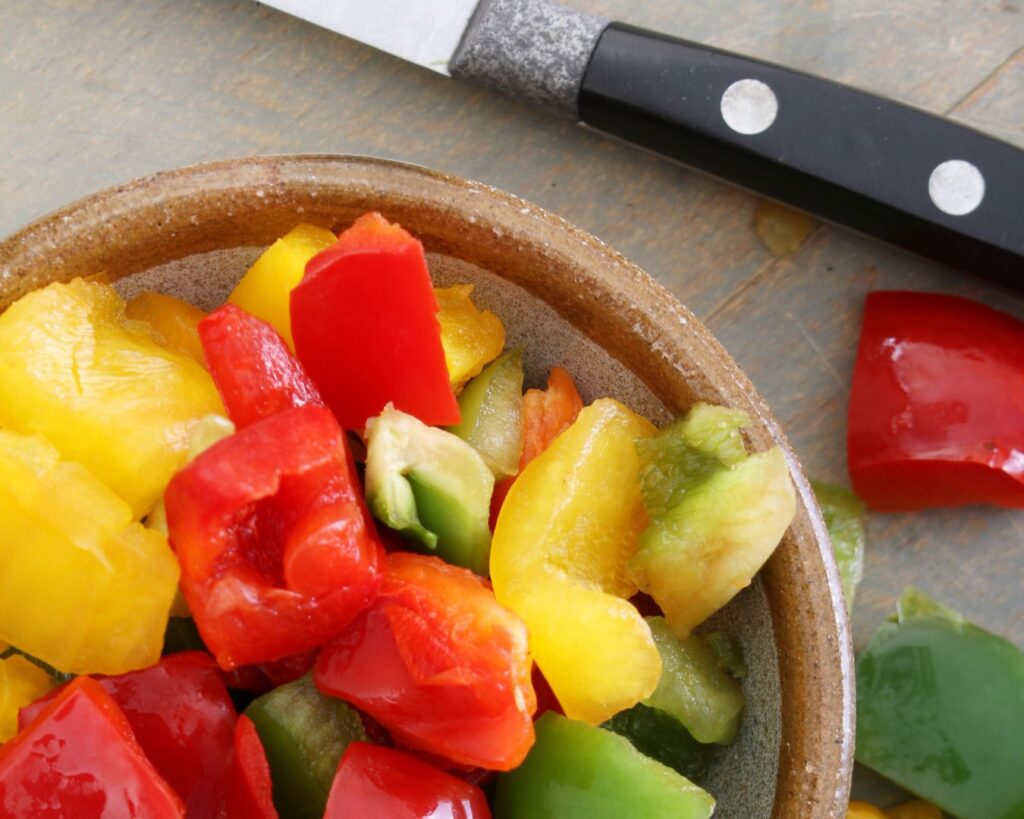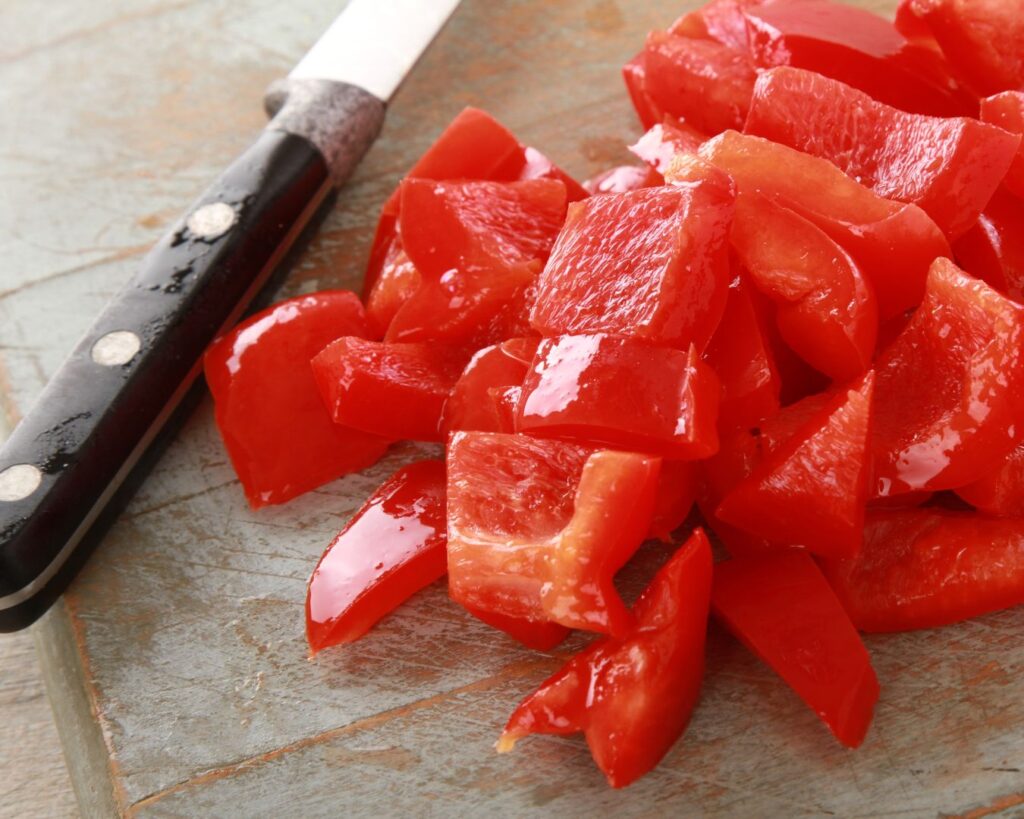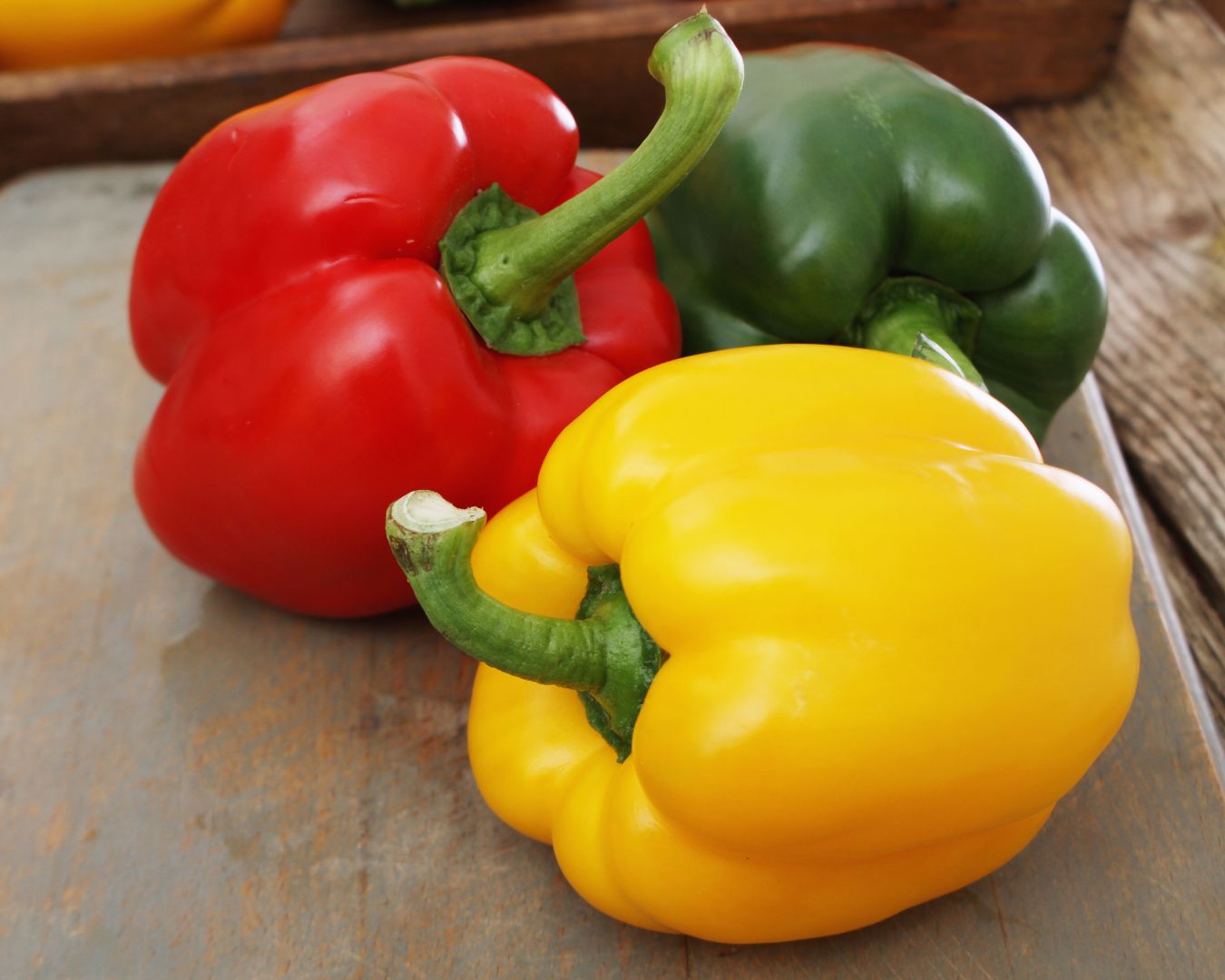How to Select, Store, and Prepare Peppers: A Complete Guide
Peppers are a versatile and flavorful ingredient that can add color, crunch, heat, and depth to a wide range of dishes. With their variety of flavors—from sweet and mild to fiery hot—peppers have become a kitchen staple worldwide. Whether you’re using bell peppers for stir-fries or adding some heat with chili peppers, knowing how to select, store, and prepare peppers will help you get the most out of these vibrant vegetables. Here’s a comprehensive guide to choosing the best peppers, keeping them fresh, and prepping them for your next culinary creation.
Selecting the Right Peppers
When shopping for peppers, it’s important to select the right type based on your recipe and flavor preference. Here’s a quick breakdown of the most common peppers:
1. Bell Peppers
- Flavor: Sweet and mild
- Uses: Stir-fries, salads, stuffed peppers, and fajitas
- Colors: Green (unripe), red, yellow, orange (ripe)
What to Look For:
- Firm, glossy skin with no wrinkles or soft spots
- Bright, vibrant color, especially for red, yellow, and orange varieties
- Heavy for their size, indicating freshness and juiciness
2. Jalapeño Peppers
- Flavor: Mild to medium heat
- Uses: Salsas, sauces, grilling, or stuffing
- Color: Green (less ripe) or red (fully ripe)
What to Look For:
- Smooth, firm skin with deep green or red color
- No signs of soft spots or shriveling
- For a spicier pepper, look for jalapeños with small brown lines or cracks, known as “corking”
3. Poblano Peppers
- Flavor: Mild heat with a slightly smoky flavor
- Uses: Roasting, stuffing, sauces
- Color: Dark green or red when fully ripe
What to Look For:
- Glossy, firm skin with a deep green color
- No blemishes or cracks on the surface
4. Habanero Peppers
- Flavor: Very hot with fruity undertones
- Uses: Hot sauces, marinades, and spicy dishes
- Color: Orange or red when ripe
What to Look For:
- Bright orange or red color with firm skin
- Avoid any with soft or wrinkled areas
5. Chili Peppers (e.g., Serrano, Cayenne, Thai)
- Flavor: Ranges from medium to very hot
- Uses: Salsas, soups, stir-fries, and sauces
- Color: Red, green, yellow, or orange
What to Look For:
- Smooth, shiny skin with a vibrant color
- Firm to the touch with no signs of aging or wrinkling

How to Store Peppers
Storing peppers properly will help extend their freshness and flavor. Here are some tips for keeping your peppers in prime condition.
1. Store Whole Peppers in the Refrigerator
- Bell peppers can last up to 1-2 weeks in the refrigerator, while hot peppers like jalapeños and chili peppers can last for up to a week.
- Keep them in the crisper drawer or in a produce bag with small holes to allow airflow.
2. Freeze Peppers for Long-Term Storage
- Wash and slice the peppers into your desired size, then lay them flat on a baking sheet and freeze. Once frozen, transfer them to a freezer bag.
- Frozen peppers retain their flavor but may lose some of their crisp texture, making them better suited for cooked dishes like soups and stews.
3. Store Dried Peppers in a Cool, Dark Place
- Dried peppers, like cayenne or chili flakes, should be stored in airtight containers in a pantry or cupboard. They will keep their potency for 6 months to a year.
How to Prepare Peppers
1. Washing and Seeding Peppers
- Wash thoroughly under running water to remove any dirt or pesticide residue.
- To remove seeds, slice off the top of the pepper, then cut it in half lengthwise. Use a spoon or knife to scrape out the seeds and white membranes. The seeds and membranes are the hottest parts of the pepper, especially in hot varieties, so removing them will reduce heat.
2. Roasting Peppers
Roasting peppers enhances their sweetness and gives them a smoky flavor. Here’s how to roast them:
- Preheat your oven to 450°F (230°C).
- Place the whole peppers on a baking sheet and roast for 15-20 minutes, turning occasionally, until the skins are charred and blistered.
- Transfer the peppers to a bowl and cover with plastic wrap to steam for 10 minutes.
- Once cooled, peel off the charred skins and remove the seeds.
Roasted peppers are perfect for salsas, sauces, or stuffing.
3. Sautéing Peppers
Sautéing peppers softens them and brings out their natural sweetness.
- Heat a tablespoon of olive oil in a skillet over medium heat.
- Add thinly sliced peppers and cook for 5-7 minutes, stirring occasionally, until they are tender and slightly caramelized.
This method is great for fajitas, stir-fries, or as a side dish.
4. Grilling Peppers
Grilling peppers brings out their smokiness and enhances their natural flavors.
- Preheat the grill to medium heat.
- Slice peppers in half and remove seeds.
- Brush the peppers with olive oil and grill for 4-5 minutes per side, until they are charred and tender.
Use grilled peppers in sandwiches, salads, or as a topping for meats.
5. Pickling Peppers
Pickled peppers make a tangy and spicy addition to sandwiches, tacos, and salads.
- Bring 1 cup of vinegar, 1 cup of water, 1 tablespoon of sugar, and 1 tablespoon of salt to a boil.
- Slice the peppers into rings or strips, then pack them into a jar.
- Pour the hot liquid over the peppers and seal the jar. Let them cool, then refrigerate for 24 hours before using.

Cooking with Peppers: Recipe Ideas
- Stuffed Bell Peppers: Fill halved bell peppers with a mixture of cooked rice, ground meat, and cheese, then bake until tender.
- Spicy Chili: Add diced jalapeños or habaneros to your chili for an extra kick of heat.
- Pepper Stir-Fry: Sauté bell peppers with onions, garlic, and your choice of protein for a quick and easy stir-fry.
- Roasted Poblano Sauce: Roast poblano peppers, blend them with garlic, onions, and cream, and use as a sauce for tacos or enchiladas.
Peppers are a must-have ingredient in every kitchen, offering endless possibilities for flavor, color, and texture in your meals. From selecting the freshest peppers at the store to storing them for long-term use, this guide will help you make the most of this versatile vegetable. Whether you’re roasting bell peppers, grilling jalapeños, or pickling chili peppers, you’ll always have the perfect pepper for any dish!

